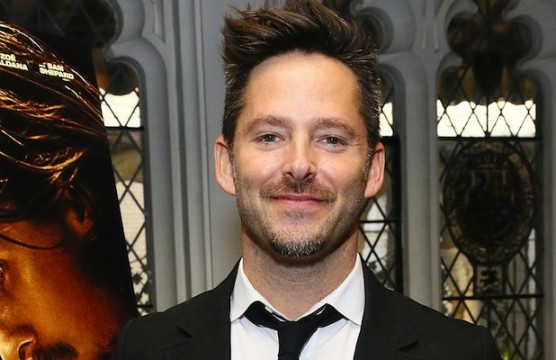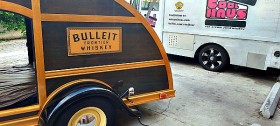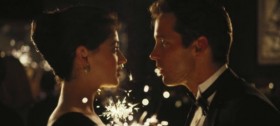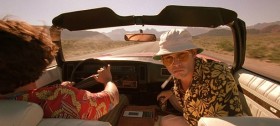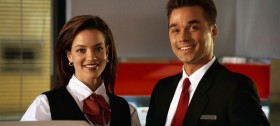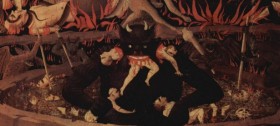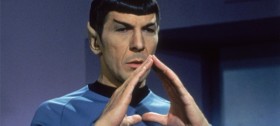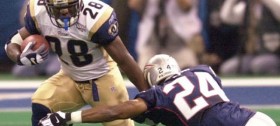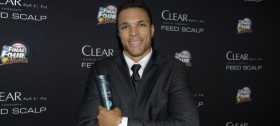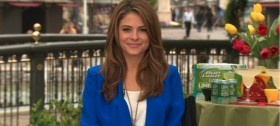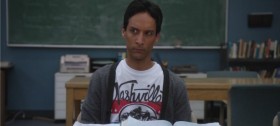“Out of the Furnace” Director, Scott Cooper Talks about the Film
If you are into films that are gritty and show real life drama than you must have already seen “Out of the Furnace.” If not I suggest you pick it up on Blu-ray or DVD. Scott Cooper directed and co-wrote the screenplay. The film is a tale about a family that just can’t keep its head above water. “Out of the Furnace” has an all-star cast that includes Christian Bale, Casey Affleck, Woody Harrelson, Zoe Saldana, William Dafoe, and Forest Whitaker.
Bale plays the role of Russell Baze, who works all day at the steel mill and then goes home to care for his terminally ill father. To add more stress in his life, his brother Rodney comes back from Iraq from his service in the military. Rodney not wanting to follow his family’s lead by working in the mill starts to enter an underground bareknuckle boxing league. That league is run by a drug dealer played by Woody Harrelson. Russell tries to help out his brother before anything bad can happen. I will stop there so I don’t ruin the film for you, but take my word for it you will be pulled right in as soon as the film begins.
I was lucky enough to talk with Scott Cooper about the film and how his experience as an actor helps him now as a director. Also enter for your chance to win a copy of “Out of the Furnace” on Blu-ray below.
Art Eddy: “Out of the Furnace” has gritty feel to it. You grew up in an area similar to where the film took place. Did you have any knowledge of things like underground fighting that took place where you grew up?
Scott Cooper: I grew up on the coal fields of Virginia. My grandfather was a coal miner. I always knew that kind of blue collar work ethic. I grew up among people like that. I wanted to write and set the story in steel country. There is no better place to do that then in Western Pennsylvania. In particular this town called Braddock, Pennsylvania that I have  grown very fond of.
grown very fond of.
Just like my protagonist played by Christian Bale, this town also has been beset by this relentless fate. They have had a very, very difficult time. The bareknuckle fighting society can easily just as happen in the lower side of Manhattan, or the Midwest, or Deep South. We all have been some type of gladiators of one nature or another. That is a kind of metaphor for a man who in Casey Affleck’s character who has been trained by the United States government to fight in both Iraq and Afghanistan. So nothing is too literal in its own.
AE: While watching the film it seemed that every character had that moment where they could just lose it. Was that your vision and if so what did you tell the actors to do to create that sense of being volatile?
SC: When you are dealing with actors of this caliber, who truly are the best screen actors that we have here in America, they come in with fully formed opinions and a point of view. They read a script like “Out of the Furnace” and they understand those moments that can best be dramatized.
So you don’t really have to direct them to go to those moments. You want to take them up to that edge before they ultimately explode. That is where it is most exciting. I wanted the film to really be an intense experience from the opening moments with Woody Harrelson in a very public setting in the drive-in that is a relic in its own right all the way through the final frames of the film. I didn’t want it to be going with narrative conventions or otherwise Casey’s character would have been dead on page nine.
AE: Not only do the actors give the viewer a sense of hopelessness, but the way the scenes were shot also has that vibe. Was that something you made sure of while filming the movie?
SC: It was very conscious to me. I have only made two films, but I guess that both of these films are similar. They have this sense of immersive realism and a kind of observational photography. There are many fine directors who are very technically astute and proficient. Yet you realize that you are watching a movie.
I wanted to make it feel like you are watching real life. There is a difference in the way you photograph and stage scenes. The way the actors move and the way they interact. It is just a different style. It is not for everybody. People want a sense of escapism and go see a movie where they can laugh, have fun, and see actors in crazy costumes. I prefer a much truthful and emotionally true experience. Some audiences don’t want to embrace those harsh realities of life. I understand that. If they don’t there are certainly other movies that they can go and see.
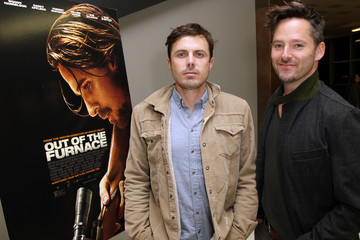 AE: What is the main message you hope the audience takes away from this film?
AE: What is the main message you hope the audience takes away from this film?
SC: I would say resilience. You have a man in Christian Bale’s character who is beset on all sides by this relentless fate. Yet he is able to overcome that. He is based on someone who is very close in my life, who has suffered similarly. He experienced great tragedy and loss, but he was also able to overcome it. He is one of the most positive people I know.
So regardless of how bad it gets he continues to be resilient and positive and is able to get through those tough moments in life.
AE: How did you form relationships with Christian Bale, Woody Harrelson, Zoe Saldana, William Dafoe, Casey Affleck, and Forest Whitaker on set while filming to create a bond with those actors?
SC: It helps that I am also an actor. I understand their language. I understand their preparation. I understand that every actor in that film and mostly every actor that I have worked with is that we are all different human beings with different personalities. They all had different ways of accessing a character. You have to treat each actor separately and differently.
I have such respect and reverence for actors that feel that the performance is the most important thing in a film. As long as they are authentic and emotionally truthful which comes from casting actors who are not afraid to take their own risks. Actors that will push the artistic boundaries. Christian, Casey, Zoe, Woody, and the rest of the cast have done that. They give very human and raw performances as opposed to performances where you often see them acting in a very technical way and what they are doing is artificial.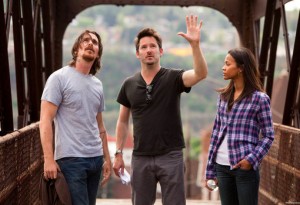
AE: Going along with what you just said about the level of acting I have to say the scene where you have Christian getting out of jail was fantastic. You shot it in a way that people could see his wide range of emotions that he felt on becoming a free man. I just want to say for me that was a tremendous scene.
SC: It is all the things we take for granted. Once you are incarcerated those things go right out the window. You really have to treat each day as if it would be your last and live in the moment. That is the truth. We all have the same fate.
Enter below for you chance to win “Out of the Furnace” on Blu-ray and follow MANjr on Twitter.
Related Posts
| Print article | This entry was posted by Art Eddy III on March 10, 2014 at 7:05 am, and is filed under Uncategorized. Follow any responses to this post through RSS 2.0. Both comments and pings are currently closed. |
Comments are closed.
